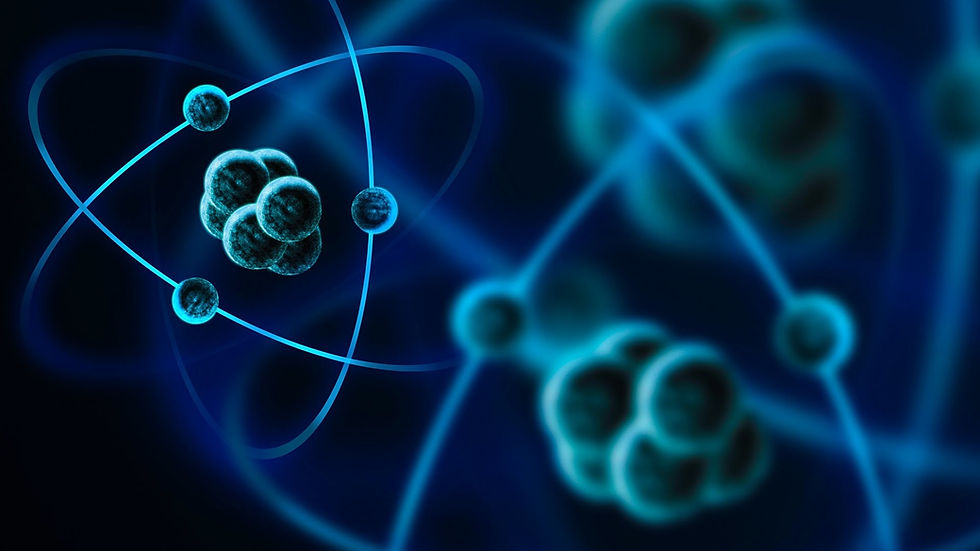Antimatter Explained: Exploring the Mysterious Opposite
- Vikash Nagrajan
- Oct 4
- 2 min read
Phoenix, AZ
Why Antimatter Exists
Our everyday lives are surrounded by matter. But it’s not the only thing that created the world we live in today. As stated in the Theory of Everything, Conservation of Energy, Newton’s Third Law, and other works, everything strives for balance. In the Big Bang, a massive amount of energy was released, leading to the creation of the universe and life as we know it [1]. Antimatter plays a very important role in this process. To release this much energy, matter and antimatter annihilate each other, converting their masses into pure energy [2].
What Makes up Antimatter?
Antimatter is composed of antiparticles, just as matter is composed of regular particles. Just like how matter is made up of protons (p+), neutrons (n0), and electrons (e-), antimatter is made up of the opposite: positrons (e+), antiprotons (p̄), and antineutrons (n̄) [2].

How Is Antimatter Made?
To create antimatter artificially, scientists use a particle accelerator to create antiparticles through high-energy collisions. These anti-particles form antimatter. However, this raises another huge issue. These anti-particles that are created are annihilated in mere moments. To solve this problem, CERN (European Council for Nuclear Research) created the Antiproton Decelerator. This machine traps antimatter in an electrical force field, allowing scientists to study it for up to 16 minutes [3].

The Power of Antimatter
Antimatter alone is not very dangerous, but once it comes into contact with matter, it goes through the process of annihilation, leaving behind energy and destruction. To give you a sense of the sheer scale of its power, 1 gram of antimatter is about as powerful as 43 kilotons of TNT, a powerful detonatable explosive, or the equivalent of the energy released by the Hiroshima Bomb [4]!
Fun Facts!
In addition to its power, antimatter also presents some fascinating facts. First of all, did you know you could buy antimatter? The price per gram is huge, at $62.5 trillion. Fortunately, CERN can only produce nanograms of antimatter at a time. This also ensures that no one gets their hands on large amounts of antimatter, which, as previously noted, is extremely destructive [3]. Second, there is a common misperception that dark matter is identical to antimatter. Dark matter is a theoretical idea. It is an unseen type of matter that does not interact with electromagnetic radiation or light [5].
Sources:
From Antimatter to Everything Else. Read on and check out some of STEM·E's upcoming events and publications!














Comments